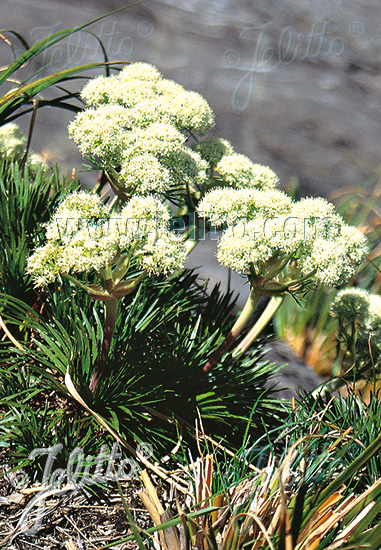ACIPHYLLA congesta
Plant Description
| Best Sowing Date (northern Hemisphere, Field condition): |
late autumn - early spring |
| Sowing to Germination: | 6 - 10 weeks |
| Germination to Transplant: | 4 - 6 weeks |
| Transplanting to Potting: | 6 - 10 weeks |
| Container Size(s): | 1-2 plugs per 11/12 cm (4 1/2") |
| Fertilizer: | Medium (150-200 ppm) |
 Have you forgotten your password?
Have you forgotten your password?


